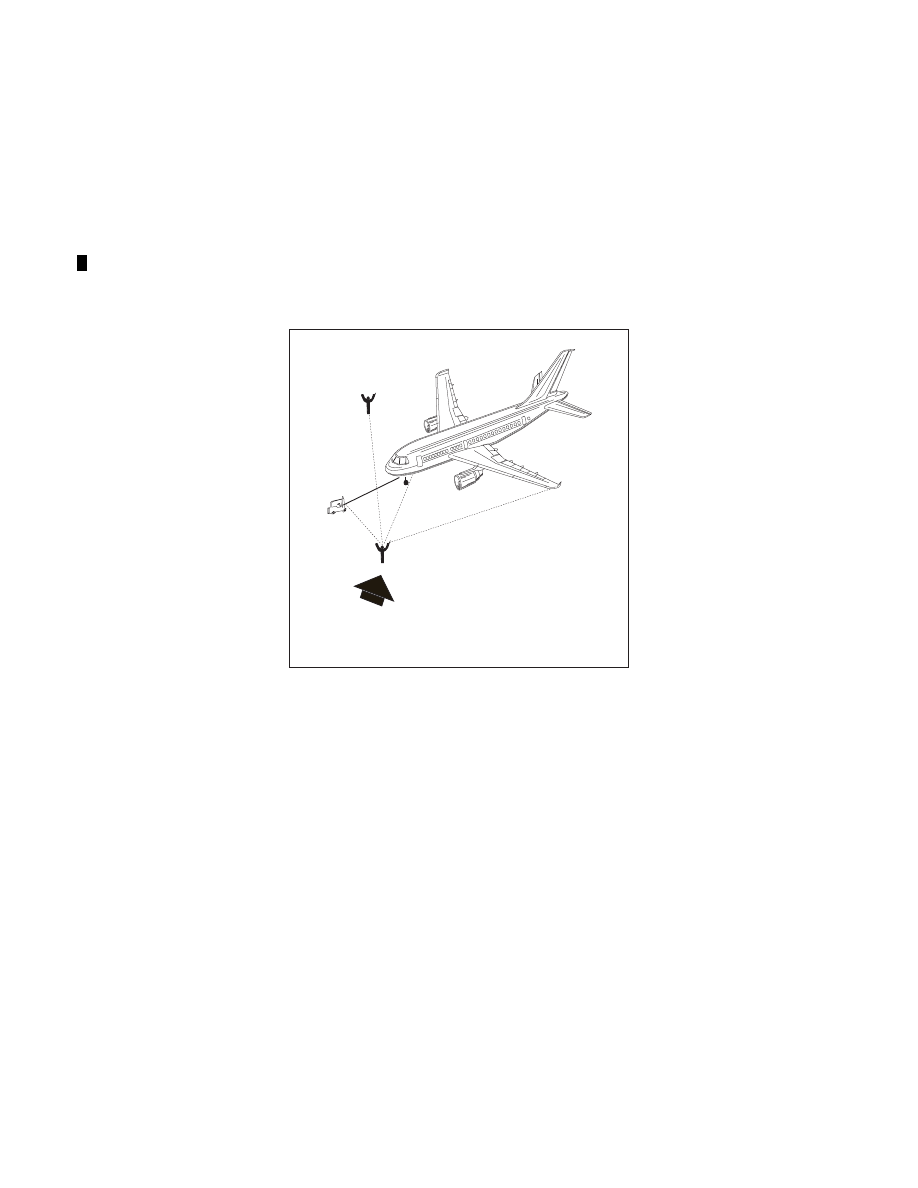
AIM
3/21/24
altitude flight patterns such as grids, orbits, DME arcs, and tracks, including low passes along the full length of
the runway to verify NAVAID performance.
b.
Pilots should be especially watchful and avoid the flight paths of any aircraft using the call sign “Flight
Check.” These flights will normally receive special handling from ATC. Pilot patience and cooperation in
allowing uninterrupted recordings can significantly help expedite flight inspections, minimize costly, repetitive
runs, and reduce the burden on the U.S. taxpayer.
4
−
3
−
26. Hand Signals
FIG 4
−
3
−
11
Signalman Directs Towing
SIGNALMAN
SIGNALMAN
4
−
3
−
30
Airport Operations